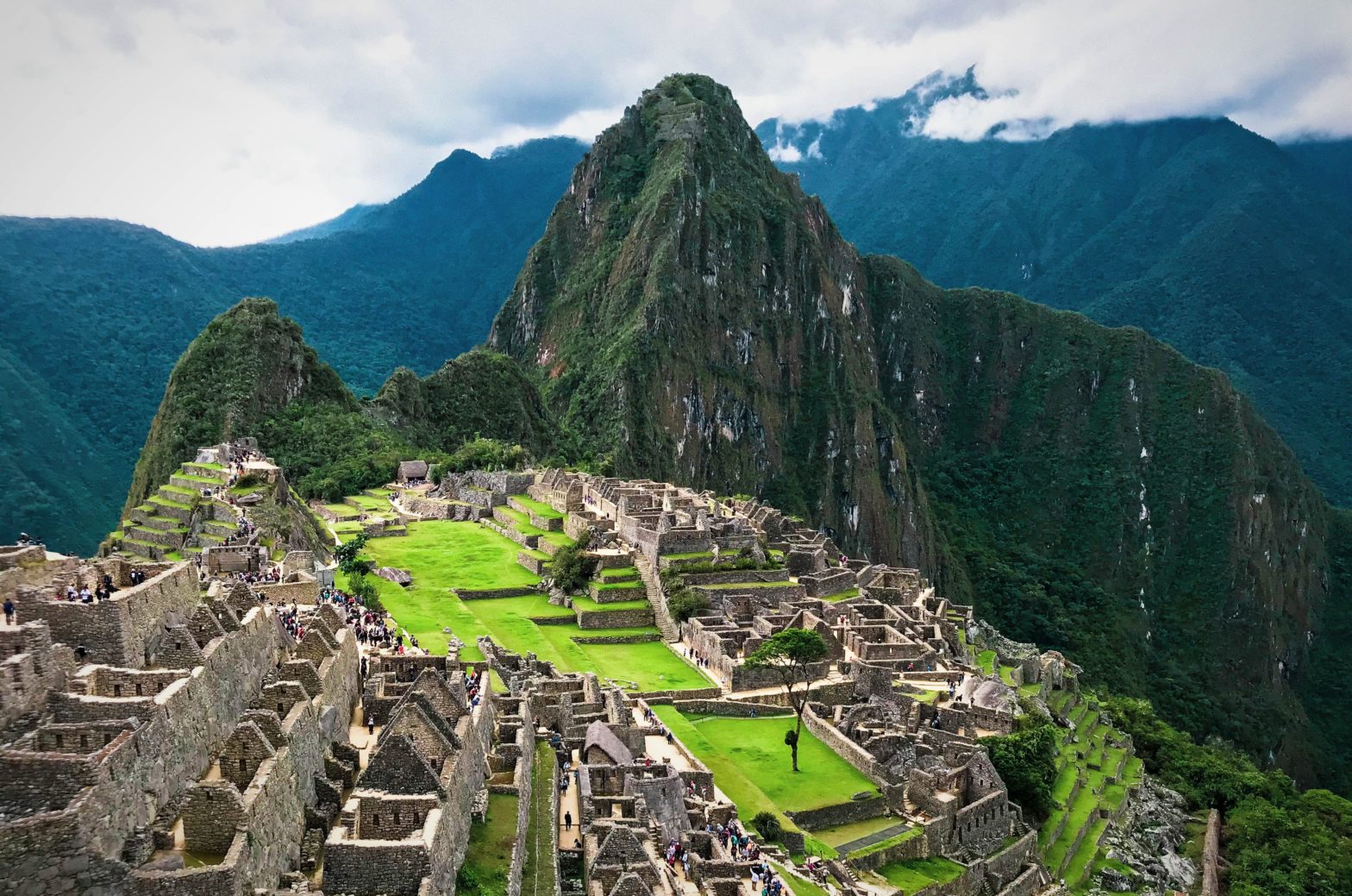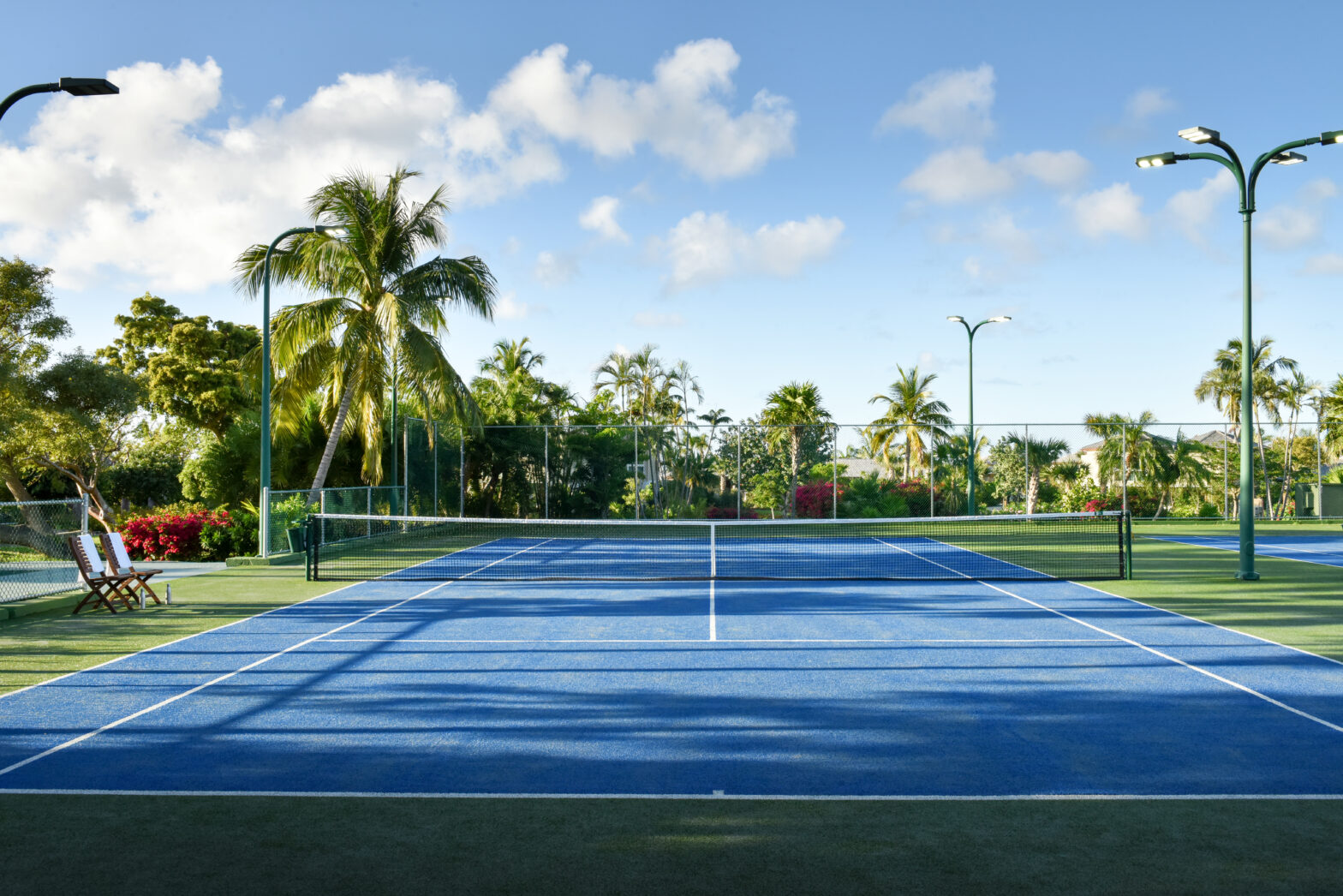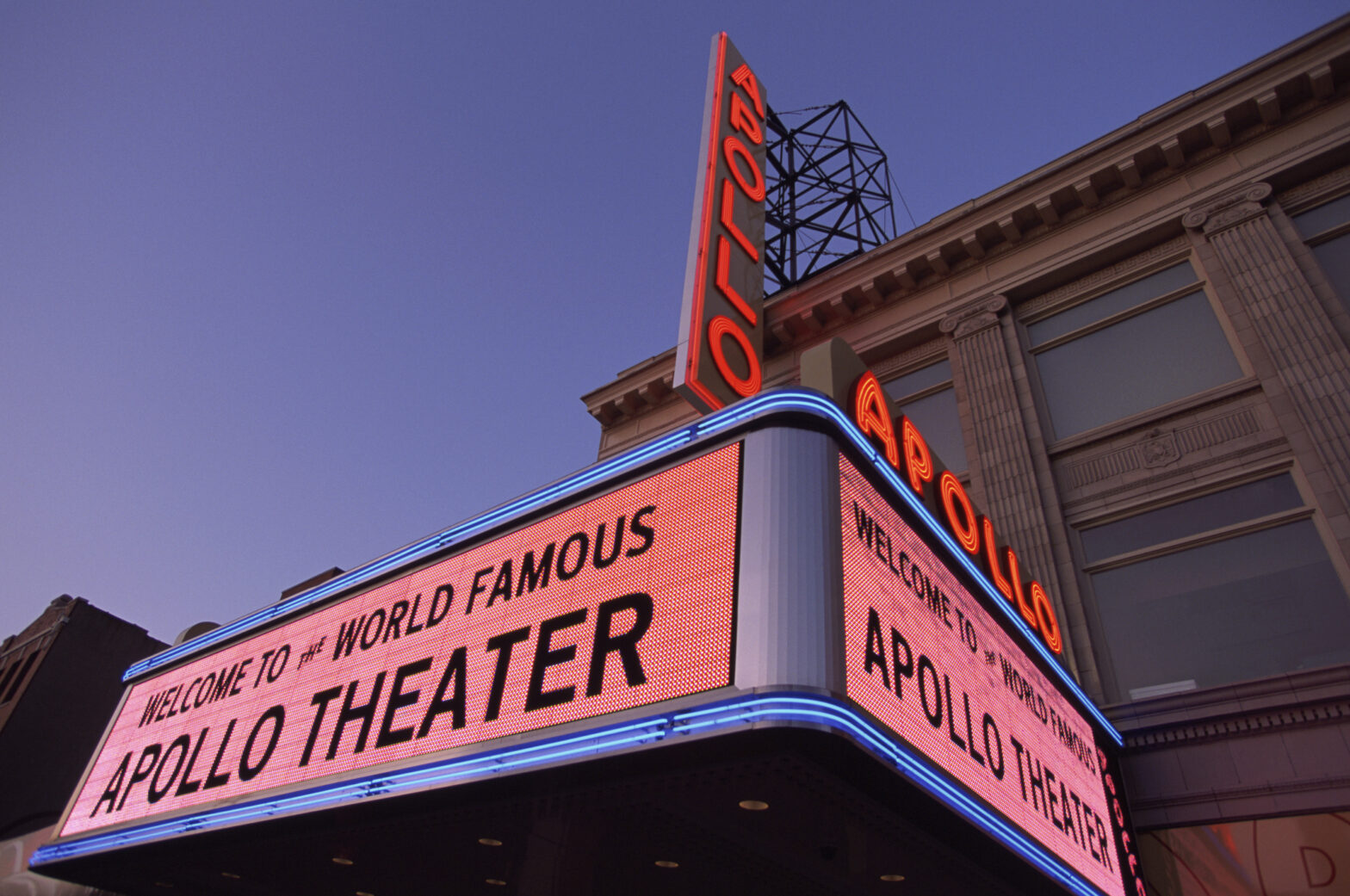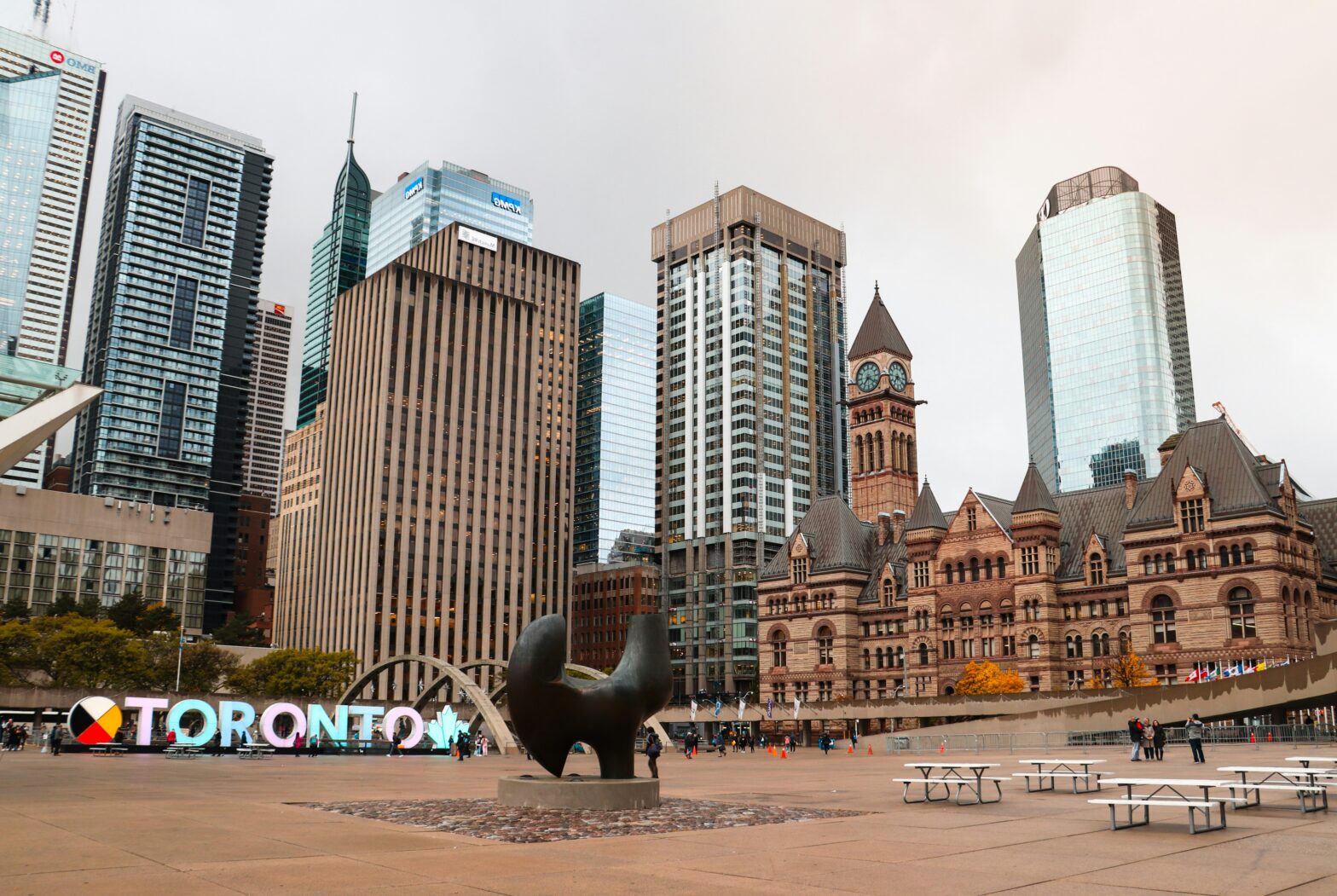If you had plans to visit Machu Picchu in Peru any time soon, you may not get that opportunity in light of recent events.
Violent political clashes have endangered the safety of locals and tourists in Peru. As a result, officials have closed the site until further notice.
This Inca marvel has mesmerized for years and is probably Peru’s most celebrated site. People have wandered through the ruins and climbed Machu Picchu mountain. Risk-takers have conquered the narrow, steep steps of Huayna Picchu mountain, otherwise known as “The Stairs of Death.”
“Machu Picchu was a royal estate or sacred religious site for Inca leaders,” explained History. “For hundreds of years, until the American archaeologist, Hiram Bingham stumbled upon it in 1911, only peasants living in the region knew of the abandoned citadel’s existence.”
The name means “Old Peak” or “Old Mountain” in the Quechua language. The Inca built it ages before the invention of cranes and other construction machines. Similar to the pyramids of Egypt, they managed to do it with baffling efficiency.
According to Machu Picchu Gateway, the Inca “set the stones to fit together without mortar, and you can’t even get a piece of paper between them.” Moreover, the stones are very heavy. This begs the question: how were they able to move them? The answer is lots of chiseling, sheer and almost superhuman strength.
Machu Picchu has drawn hundreds of tourists, willing to risk crowds and the elements for a chance to get that fantastic Instagram photo, especially when the sun casts a yellow, orange and red glow over the stone monuments or when the fog rolls in.
Here is everything you need to know about Machu Picchu and the civil unrest in Peru.
What Happened?
According to BBC, “the violent protests, which have seen dozens of people killed, began when Peru’s previous leader was ousted.”
Additionally, protesters damaged railway tracks, forcing authorities to suspend service.
Over 400 people “were left stranded at Machu Picchu,” according to Luis Fernando Helguero, the Peruvian tourism minister.
Those with tickets to Machu Picchu can get a refund or credit to use them. The credit is only valid for up to one month after the conclusion of the demonstrations.
Were Those Stranded Able To Get Out?
Yes, eventually.
The tourism ministry “announced that 148 foreigners and 250 Peruvians were safely evacuated on trains and buses.”
This is not the first time tourists and locals have been stranded owing to conflict in the country. In December, visitors stuck at Machu Picchu had to be airlifted out.
What’s Happening Politically in Peru?
Locals responded angrily at the election of the new president, Dina Boluarte, who is the first woman in Peru to hold that office. Before becoming president, she was the vice president.
CNN reported on January 20 that Boluarte pleaded for an end to the violence, which mostly was happening in the capital city of Lima.
“Once again, I call for dialogue, I call on those political leaders to calm down,” she urged. “Have a more honest and objective look at the country; let’s talk.”
Protesters Are Not Moved
BBC reports that “demonstrators are demanding fresh elections and want Boluarte to stand down, which she has so far refused to do.”
They want former president Pedro Castillo released from prison.
BBC explains, “Castillo is in jail facing charges of rebellion and conspiracy, which he denies. He insists he is still Peru’s legitimate leader.”
According to some reports, police response has been ruthless. They’ve used tanks, helicopters and tear gas to bring the crowds to heel.
NPR interviewed one young man who said, “this outrages us. The only thing the government is doing with these detentions is worsen tensions. When the population finds out about this, they’re going to react in a more radical fashion.”
Machu Picchu Peru Reopened Plus New Rules
A little less than a month after temporarily shutting down, Machu Picchu was once again opened for tourism in February of 2023.
Peru’s Ministry of Culture wrote in a statement, ““This decision reflects the joint commitment of the institutions that make up the Machu Picchu Management Unit, the municipal authorities of Machu Picchu and Ollantaytambo, directors of the Chamber of Commerce and leaders of social organizations, to ensure the safety of the monument and transport services so that visitors can enjoy their visit.”
Besides the Inca Trail’s annual closing in February each year for safety during the country’s rainy season along with maintenance efforts, there are no planned closings for Machu Picchu.
New rules when visiting the UNESCO World Heritage Site have been enforced to keep tourists safe and to protect the site. This includes only 2,500 visitors allowed to visit each day and on a specific time limit.
Here are some of the other main rules and requirements for visiting the famous Inca site of Machu Picchu in Peru:
- Tickets must be purchased in advance from the official venue. These ticket entries are scheduled for morning (5:30am-12pm) or afternoon (12pm-5:30pm) shifts.
- Visitors must enter with an official tour guide. Independent exploring of the ruins is not permitted.
- There are strict regulations about remaining on the marked trails and paths. Climbing or walking on the stone structures is prohibited.
- Food, drinks (apart from water), smoking and camping are not allowed within the archaeological complex.
- Drones and tripods are prohibited.
- To access the iconic views from the Huayna Picchu and Machu Picchu mountains overlooking the ruins, an additional ticket must be purchased far in advance as availability is very limited. Additionally, the time allotted to climb these mountains is limited to up to four hours.
- Appropriate clothing, hats, sunscreen and sturdy footwear are recommended as the paths can be steep and the sun is very strong at high altitude.
Why Was Machu Picchu Abandoned?
Machu Picchu was built by the Inca civilization around the 15th century but abandoned around 1572, likely due to the Spanish conquest and the diseases they brought with them, such as smallpox. The Spanish conquistadors never found Machu Picchu, so it remained hidden from the outside world for centuries until American explorer Hiram Bingham was credited for rediscovering it in 1911. The site’s remote location in the Andes Mountains contributed to its isolation and preservation over the centuries.
Why Are People Protesting Machu Picchu?
Protests began following the announcement by the Peruvian government that tickets for entering Machu Picchu would begin being sold through a private company instead of through the state itself. AP reported that this decision to terminate the contract with the wealthy ticketing company came 11 days after the announcement as protesters blocked access to the site, leading to another temporary shut down. Machu Picchu has since continued to remain open.
1. What Happened?
According to BBC, “the violent protests, which have seen dozens of people killed, began when Peru’s previous leader was ousted.”
Additionally, protesters damaged railway tracks, forcing authorities to suspend service.
Those with tickets to Machu Picchu can get a refund or credit to use them. The credit is only valid for up to one month after the conclusion of the demonstrations.
2. Were Those Stranded Able To Get Out?
Yes, eventually.
The tourism ministry “announced that 148 foreigners and 250 Peruvians were safely evacuated on trains and buses.”
This is not the first time tourists and locals have been stranded owing to conflict in the country. In December, visitors stuck at Machu Picchu had to be airlifted out.
3. What's Happening Politically In Peru?
Locals responded angrily at the election of the new president, Dina Boluarte, who is the first woman in Peru to hold that office. Before becoming president, she was the vice president.
CNN reported on January 20 that Boluarte pleaded for an end to the violence, which mostly was happening in the capital city of Lima.
“Once again, I call for dialogue, I call on those political leaders to calm down,” she urged. “Have a more honest and objective look at the country; let’s talk.”
4. Protesters Are Not Moved
BBC reports that “demonstrators are demanding fresh elections and want Boluarte to stand down, which she has so far refused to do.”
They want former president Pedro Castillo released from prison.
BBC explains, “Castillo is in jail facing charges of rebellion and conspiracy, which he denies. He insists he is still Peru’s legitimate leader.”
According to some reports, police response has been ruthless. They’ve used tanks, helicopters and tear gas to bring the crowds to heel.
NPR interviewed one young man who said, “this outrages us. The only thing the government is doing with these detentions is worsen tensions. When the population finds out about this, they’re going to react in a more radical fashion.”





